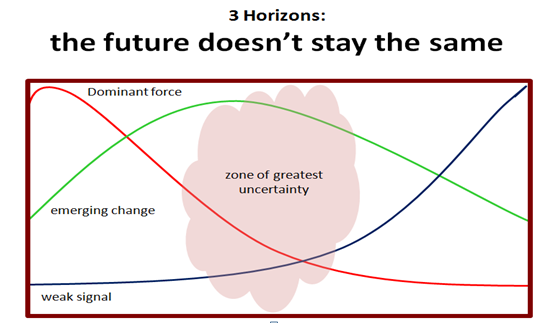 You find yourself slipping into a conference hall unexpectedly. You are confronted by 1,000 participants listening to the conclusions of six very wise-looking people at a table, explaining the outcomes of the summit.
You find yourself slipping into a conference hall unexpectedly. You are confronted by 1,000 participants listening to the conclusions of six very wise-looking people at a table, explaining the outcomes of the summit.
They are talking about a summit declaration by providing 5 calls for action for a Wake-up. Sounds more than interesting, even important.
Now you quickly settle down into your seat, trying to ignore a few turned heads frowning at this sudden interruption after spending their three days working through this Wakeup Call and are quite rightly listening intently. This seems critical, you settle down to listen also.
So, without the drum roll or often accompanied with the appropriate dramatic music the 5 calls are announced:
- Deliver on the widely accepted and appreciated new instruments and policies (2014-2020) in support of innovation.
- Build a culture of ‘fail fast’, ‘risk tolerance’, and ‘fast capital’ to cross the valley of death.
- Create a predictable policy environment and embed innovation as a principle in all measures and decisions.
- Engage in joint thinking and acting across sectors and along the value chain.
- Change what you do: a deep mindset change is needed at all levels: companies, administrations, and citizens.
So you have guessed where you are yet?
No, well you are at the winding up of a three day innovation summit held by Knowledge4Innovation (K4I) as the 5th European Innovation meeting that took place in the European Parliament from 30th September until 2nd October 2013.
Apart from 1,000 participants attending, there was in also in attendance three EU Commissioners, 30 members of the European Parliament and 150 speakers contributing their thoughts. According to the press release the conference summit was the largest ever, comprising of 25 events, including the opening and closing ceremonies, a series of conference sessions, workshops, breakfast, lunch and dinner debates organized by summit partners, as well as an exhibition and two press breakfasts.
Am you as overwhelmed by these 5 calls for action to Wake Up Europe? Continue reading “Insomnia or a Wakeup Call – Which?”
 Can you imagine the CEO sitting opposite the consultant, explaining the organization’s present difficulties to regain growth.
Can you imagine the CEO sitting opposite the consultant, explaining the organization’s present difficulties to regain growth.


